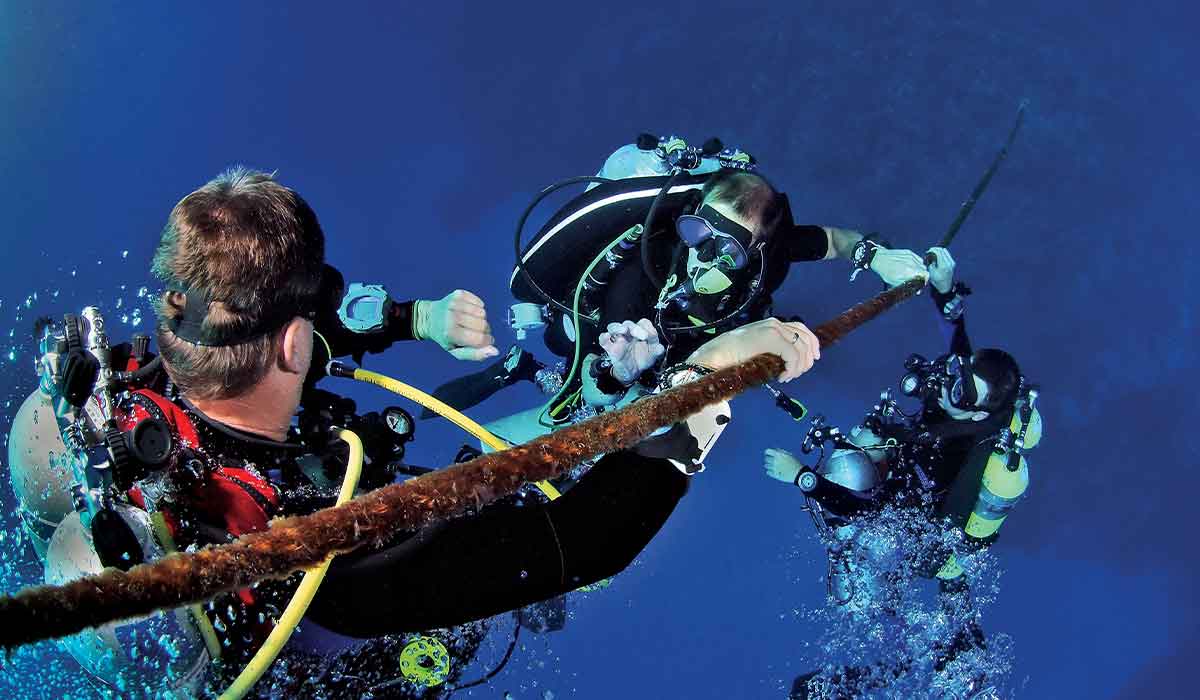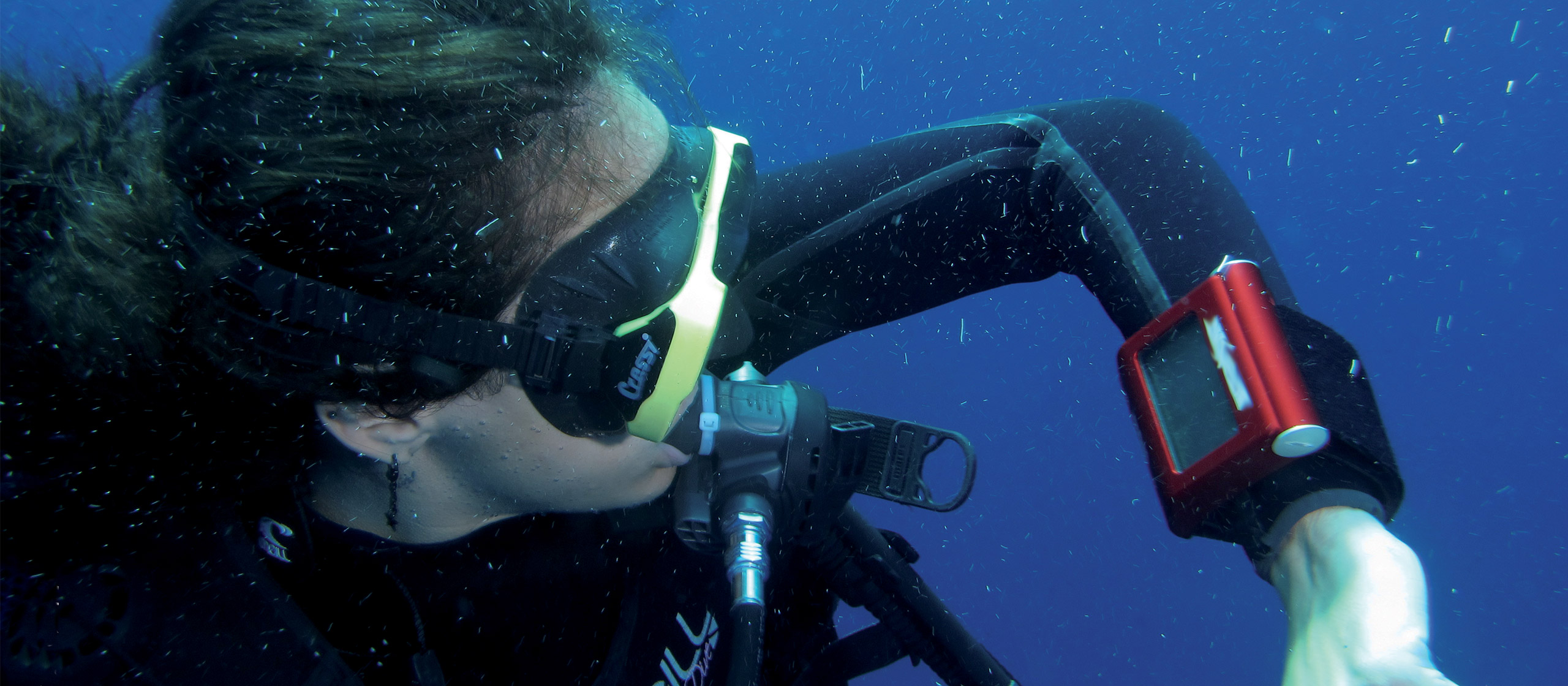DAN Americas does not recommend deep stops for NDL diving.
Could the implementation of a deep stop stave off decompression sickness. Learn more about the deep stop and DAN experts weigh in.

dan.org
That's not what the article says. They asked 5 experts for their opinion. One believes it is useful, the others say there is insufficient data to make a determination. Two of those add a No to the question. But that is a result of the phrasing of the question. None of them say there is evidence it will lead to negative outcomes.
Here is the relevant section:
"Should recreational divers staying within no-decompression limits be concerned about deep stops?
Mitchell: No. There is insufficient data to justify a deep stop approach in recreational, no-decompression diving. Divers should, however, pay careful attention to ascent rates, and the imposition of shallow safety stops is still considered beneficial.
Southerland: Recreational divers should be aware of the issue. If sufficient evidence becomes available, then a diver might be better off just upgrading the dive computer with a newer algorithm.
Gutvik: No. The recommended safety stop and a controlled, slow ascent rate are adequate for performing safe no-decompression dives. These dives will normally be either too shallow to consider deeper stop depths or too short for the deep stops to have an effect.
Bennett: There is no more reason for concern about deep stops than for the widely accepted shallow safety stop. Both were developed based on the reduction of bubbles in the blood vessels seen in research studies. The research on the deep stop is, in fact, more extensive and is based also on actual recreational dives. The deep stop at half the depth for 2.5 minutes significantly reduces not only bubbles, but also the critical gas supersaturation in the “fast” tissue compartments (like the spinal cord’s 13.5 minutes) without increasing the “slow” compartments usually related to limb pain. More recent research is concerned with the damaging effects of bubbles on the endothelial lining of blood vessels. Reduction of such bubbles will prevent this.
Doolette: Recreational diving within no-decompression limits conducted with a shallow safety stop has a good safety record. There is insufficient evidence to suggest a deep stop offers any advantage."





